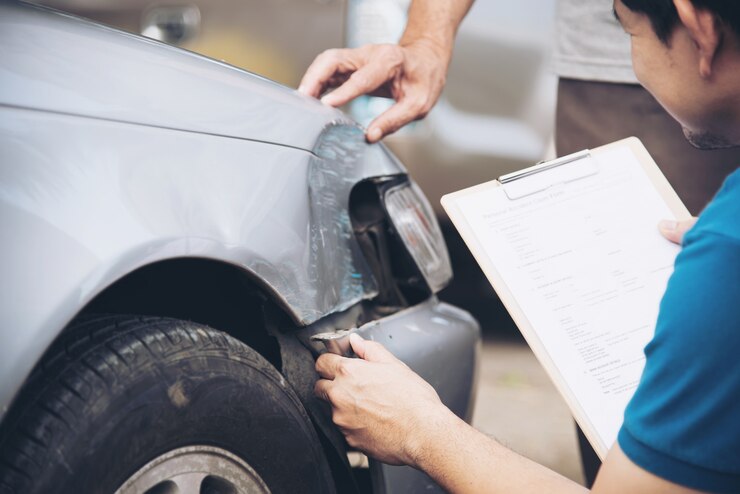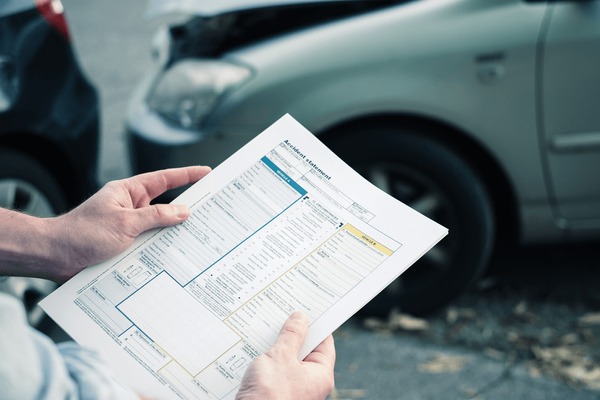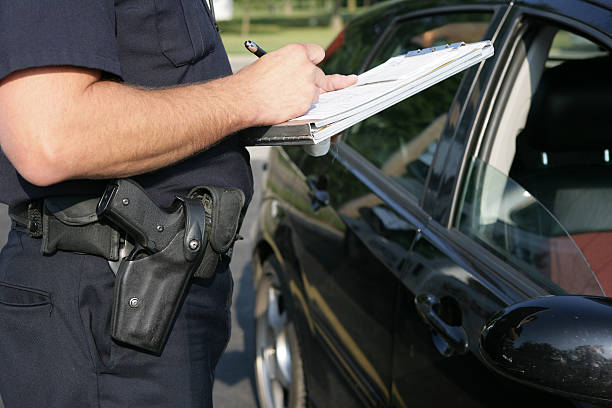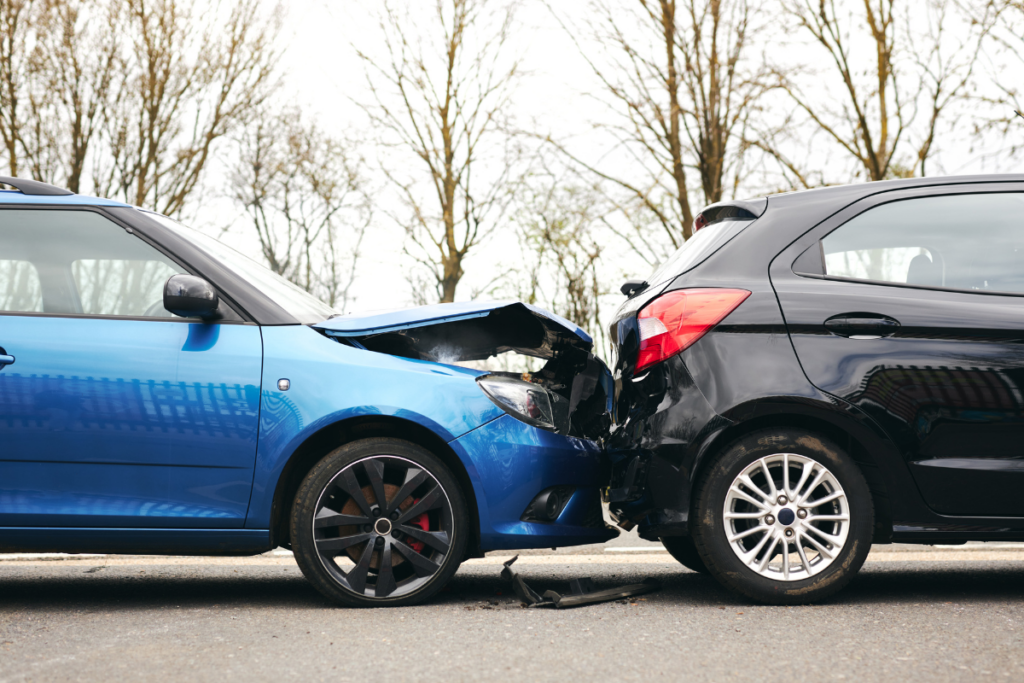A police report is the cornerstone of car accident claims, offering an unbiased account of the incident. It contains critical data statements, diagrams, and officer observations influencing liability and compensation. Insurance companies and courts rely on these reports to assess fault and damages. Without this documented evidence, proving negligence becomes challenging. But what exactly makes it so important? Let’s break down the key details in a police report that give it such weight in car accident claims.
1. Objective Account of the Accident
Unlike statements from drivers or witnesses, which can be biased or inconsistent, a police report provides a neutral, third-party perspective. Officers methodically document facts rather than opinions, which helps to win a claim with insurance companies and in court. If a driver insists they had a green light, but the report states they ran a red light, that discrepancy can heavily influence the case, preventing a “he said, she said” dispute.
2. Key Details About the Parties Involved
A police report doesn’t just summarize the crash; it identifies everyone involved. This includes:
- Driver and passenger names
- Contact information
- Vehicle descriptions (make, model, license plates)
Missing this information can delay claims or even prevent victims from pursuing compensation. If a hit-and-run occurs, the report may contain crucial leads, such as partial license plate numbers or witness statements that help track down the at-fault driver.
3. Statements from Witnesses
Bystanders often see things drivers miss. A police officer will typically collect contact details and written or recorded statements from witnesses. These accounts can corroborate or contradict a driver’s version of events. If a witness confirms that one driver was texting before the collision, that testimony recorded in the police report can prove negligence.
4. The Officer’s Observations and Conclusions
Cops don’t just write down what they’re told; they analyze the scene. Their notes may include:
- Road conditions
- Traffic signals and signage
- Skid marks or vehicle damage patterns
- Signs of impairment
Most importantly, the officer may assign fault or cite violations, e.g., speeding. While this isn’t legally binding in court, insurers often treat it as a strong indicator of liability.
5. Diagrams and Photographs
Many police reports include hand-drawn diagrams or references to official photos taken at the scene. These visuals help reconstruct the accident, showing:
- Vehicle positions before and after impact
- Point of collision
- Traffic flow and lane markings
A well-documented diagram can clarify disputes over who had the right-of-way or whether a driver changed lanes illegally.
6. Citations and Legal Violations
If an officer issues a ticket or you are cited for reckless driving or running a stop sign, the ticket is included in your report. In many states, a traffic violation is evidence of negligence in civil court.
For instance, if a driver was cited for DUI, that can significantly strengthen an injured victim’s claim for damages.
7. Time, Date, and Location Documentation
Small details matter. The report records the exact time, date, and location of the crash, which can be vital for:
- Checking traffic camera footage
- Weather reports
- Statute of limitations deadlines
Without this, a victim might struggle to gather supporting evidence later.
8. Injuries and Medical Responses
Police often note visible injuries and whether EMTs were called. While they aren’t doctors, their observations can help establish:
- The severity of harm suffered
- A timeline linking the accident to medical treatment
This can counter an insurer’s argument that injuries were exaggerated or unrelated to the crash.
Why Insurance Companies and Courts Rely on Police Reports
Insurance adjusters rarely investigate accidents firsthand; they depend on the police report to assess claims quickly. Judges and juries also give these reports considerable weight because they’re created by trained professionals at the scene. That said, police reports aren’t infallible. Errors can happen, and victims have the right to challenge inaccuracies with additional evidence, like independent accident reconstruction experts.
Conclusion
The data within a police report can determine the outcome of a car accident claim. Objective details, witness accounts, citations, and accident scene descriptions help establish liability and support legal arguments. This official record minimizes disputes and strengthens evidence for insurance and legal proceedings. Without it, claimants may struggle to prove fault. Recognizing its legal significance ensures individuals protect their rights and navigate the claims process effectively.











